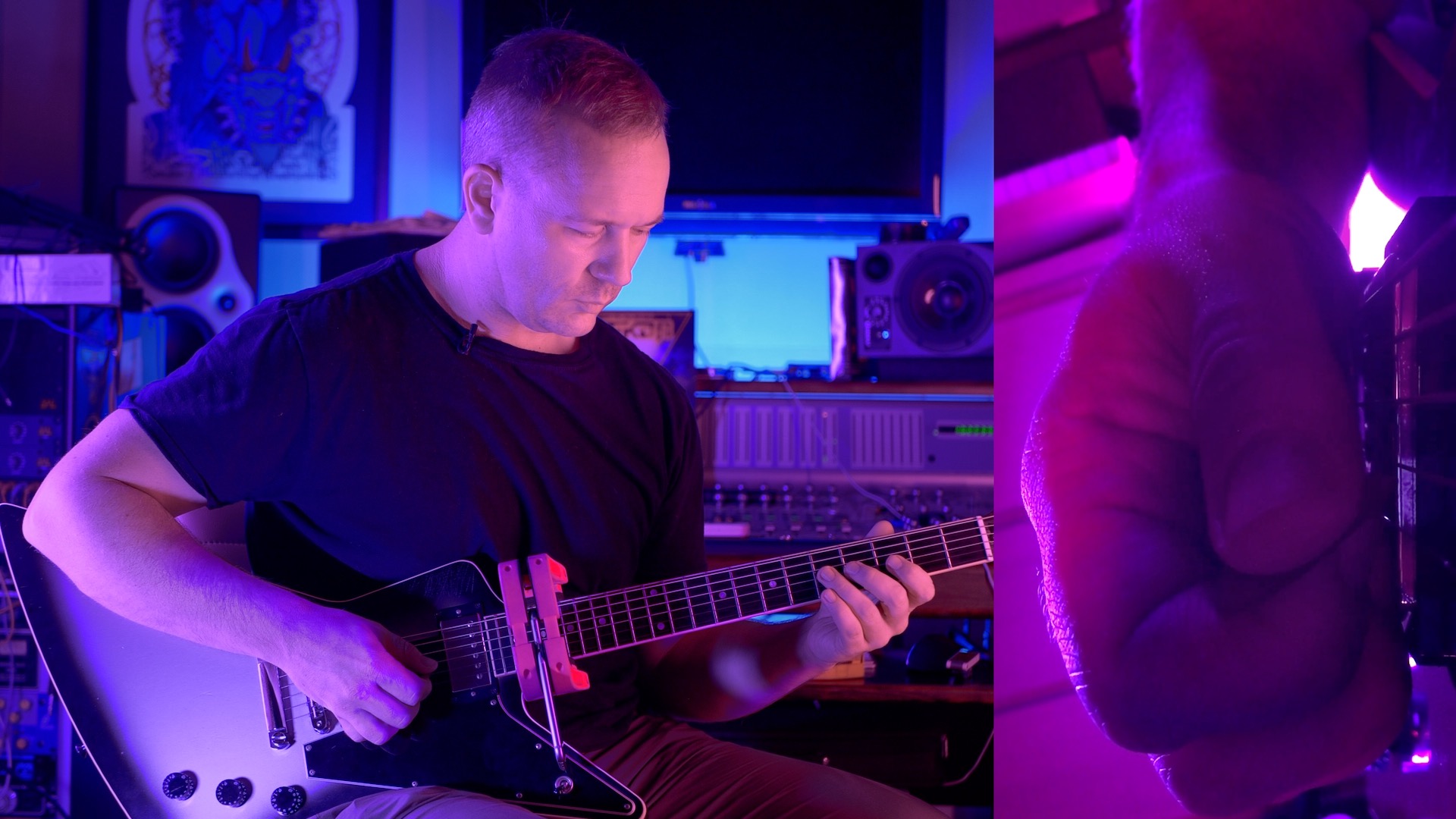There are motions you know, and those that you can kind of imimate at a slower speeds but aren’t actually learned / memorized. So what happens is, you go fast, and you can’t do the “pretend” motion any more at the fast speeds, and the motion just morphs into whatever fast motion you already know how to do. This is why we see so many posts of players “doing DWPS”, at a slow speed, by making deliberate diagonal upstroke escape motion. But when they go fast the technique just becomes elbow or something else, which may not be upstroke escape at all.
The only way to really know if you have something that can work at high speed is to discover it at high speed by experimenting. It won’t necessarily be consistent yet, but if you can at least do it by accident a few times, and verify that you’re really doing it (filming, for example), then you have a shot at slowing it down a small amount and doing it more deliberately.
In your case, it sounds like you have some idea of the lines you want to play, or just that you want to be able to do alternate picking on low strings. Which is good, the more general your requirement the more likely you will find some technique that can do it. You really don’t care which kind of technique you end up with so long as it can play the lines. At least, I don’t.
So you have to go fast and find some motion you can do at the speeds you want, even if it’s only hit or miss at first.
Is this your idea of ludicrous? Because I’ve been tooling around with this motion the past few days and it’s super fun:
This is one the easiest high-speed alternate picking motions I’ve stumbled across, and the fact that I can hit these speeds is a trip. It’s like the first time you did EVH tapping and you were like, haha, it works. Sure, it’s not the most common form in the world. But neither are the results. I can count the number of “famous” players who can alternate picking anything at 260bpm on one hand. The guy who plays for Archspire piped in on the post because he does something similar and thought it was cool. So those players are out there.
Again, I don’t care what the technique looks like, I just want something that works. Experiment relentlessly and suspend your judgement. If something feels good and sounds good, then it is good!












